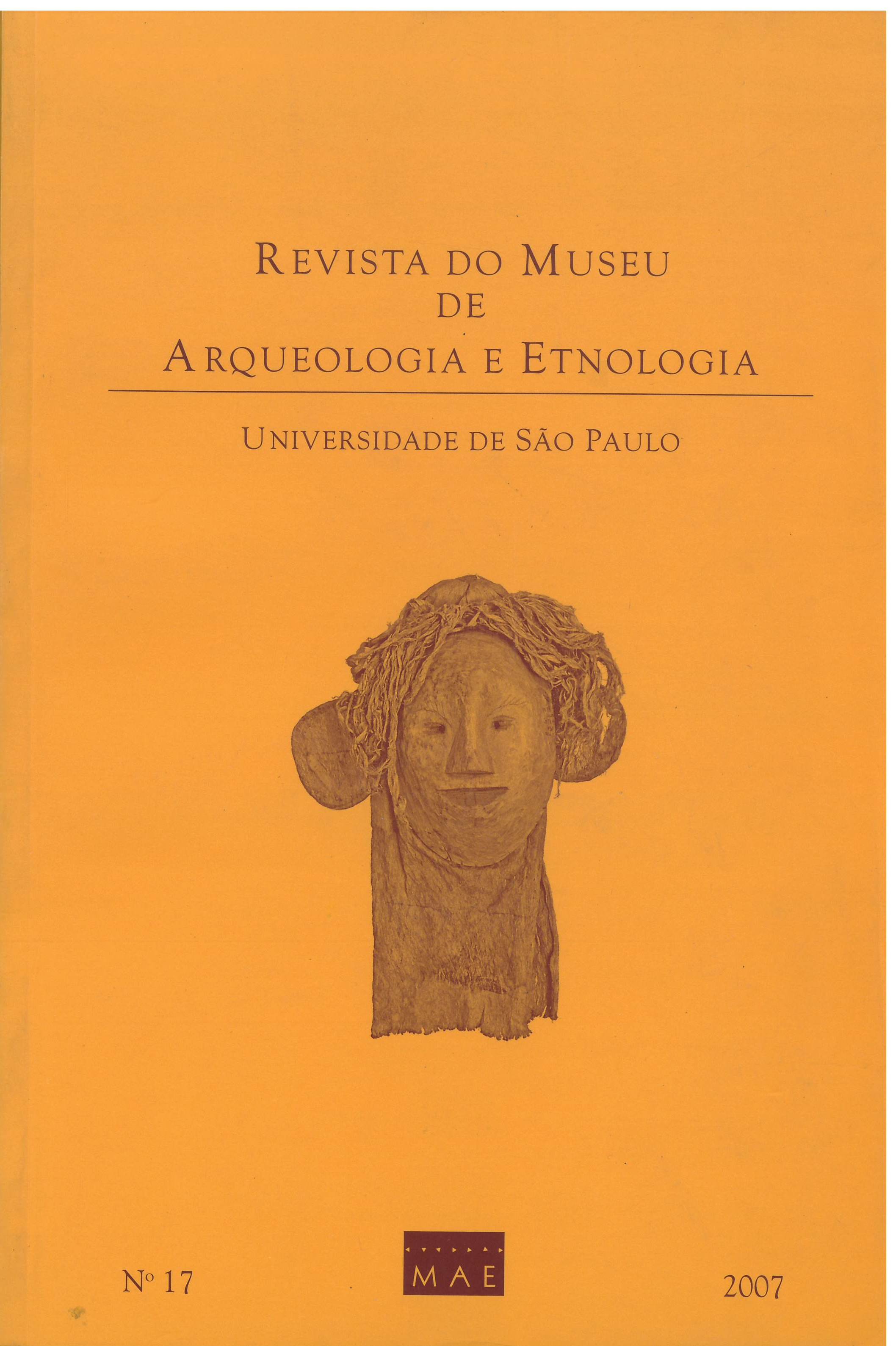Interpreting Ticuna ritual artifacts
DOI:
https://doi.org/10.11606/issn.2448-1750.revmae.2007.89803Keywords:
Cultural heritage, Ritual artifacts, Ethnographic artifacts, Social contexts, Ritual symbolism, Historicity of interpretationsAbstract
The act of assembling the collection displaces the ritual artifacts from the social and cultural contexts of their production, giving rise to a fragmentation which constitutes the autonomy of the objects collected as ethnographic artifacts for museums. When Curt Nimuendaju collected ethnographic artifacts, in 1941 and 1942, the heritage appropriation by national institutions based on State policies was an issue, and a significant part of what was collected was deposited at Brazilian scientific institutions. Nimuendaju produced meticulous registrations about the mythology and the Ticuna puberty ritual, and this made it possible to elaborate reflections based on the correlation between those registrations and the interpretation of the representatives of this people on the artifacts and information gathered from the elder ones who were already born by the time the collection was made. This allows for an analysis of the mythical topology of the Ticuna thought.Downloads
Download data is not yet available.
Downloads
Published
2007-12-03
Issue
Section
Articles
License
Copyright (c) 2007 Priscila Faulhaber

This work is licensed under a Creative Commons Attribution-NonCommercial-NoDerivatives 4.0 International License.
How to Cite
FAULHABER, Priscila. Interpreting Ticuna ritual artifacts. Revista do Museu de Arqueologia e Etnologia, São Paulo, Brasil, n. 17, p. 345–363, 2007. DOI: 10.11606/issn.2448-1750.revmae.2007.89803. Disponível em: https://www.journals.usp.br/revmae/article/view/89803.. Acesso em: 19 may. 2024.













